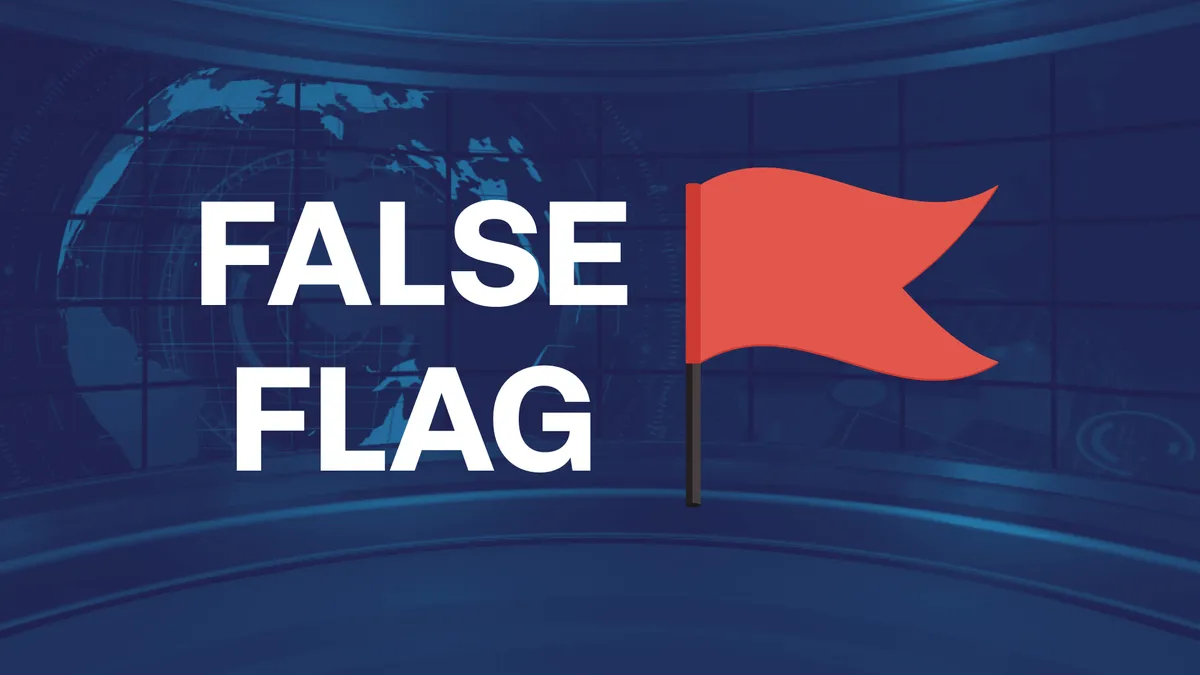In 2025, the phrase “false flag” is no longer confined to the corners of fringe forums or late-night conspiracy radio. It’s gone mainstream. What was once a technical term to describe covert government operations meant to deceive the public has become a catch-all accusation hurled at nearly every major tragedy, from mass shootings to natural disasters.
What Is a False Flag?
In modern conspiracy culture, false flag has taken on a broader (and far more distorted) meaning. It is now commonly used to claim that mass shootings, bombings, natural disasters, and even public health emergencies are secretly staged by governments or elites to manipulate public opinion, pass legislation, or tighten control over society. These claims often include allegations of “crisis actors,” faked deaths, and fabricated media coverage.
The term false flag originates from naval warfare, where a ship might raise the flag of a friendly or neutral nation to deceive enemies before launching an attack. Over time, the term evolved in political and military discourse to describe covert operations designed to appear as though they were carried out by someone else (typically an adversary or domestic dissident group) so the real instigators can deflect blame or justify retaliation.
These modern uses of the term are almost always unsupported by credible evidence. While genuine false flag operations have occurred in history, today’s widespread use of the phrase tends to mislabel real tragedies as manufactured events, eroding trust and spreading misinformation in the process.
The Rise of the False Flag Era
From April to June 2025 alone, mentions of “false flag” increased by over 350%, driven by high-profile events like the shooting of two Minnesota lawmakers and the deadly floods in Texas.
In both cases, conspiracy theorists flooded the digital space with claims that the events were staged. These narratives gained traction not in obscure corners of the internet, but on major platforms, amplified by high-follower accounts and influencers who benefit from engagement, even when it’s built on misinformation.
Why this is dangerous, and what we can do to prevent it
Once a person believes an event is staged, no amount of evidence can change their mind. Videos from the scene? “Faked.” News coverage? “Mainstream media using AI.” Eyewitness accounts? “Actors.” In this framework, reality itself becomes suspicious. That creates an informational environment where conspiracy, not truth, becomes the default setting.
At Misinformant, we track these patterns not just to report them, but to understand how they spread and how to stop them. Combating false flag narratives requires more than fact-checking. It requires reshaping how people think about evidence, trust, and uncertainty. Most importantly, it means pushing back against the culture of instant conclusions and encouraging people to slow down before coming to an educated conclusion on the news they read.
